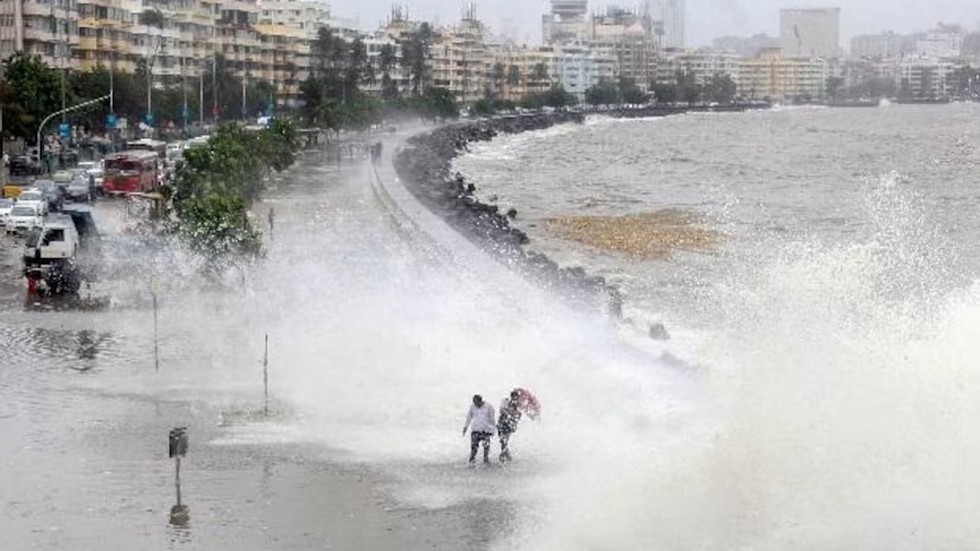About National Coastal Mission Scheme:
- It was launched in 2014.
- It has been envisaged under the National Action Plan on Climate Change.
- It aims to address the impact of climate change on coastal and marine ecosystems, infrastructure and communities in coastal areas through a combination of adaptation and mitigation measures.
- It is under the National Coastal Management Program and is implemented with the following components:
- Management Action Plan on Conservation of Mangroves and Coral Reefs
- Research & Development in Marine and Coastal ecosystem
- Sustainable Development of Beaches under Beach Environment & Aesthetic Management Service
- Capacity Building / Outreach Programme of Coastal States/UTs on conservation of marine and coastal ecosystems including beach cleaning drive.
- Implementation: The implementing agencies of NCM are the State Governments of Coastal States and Union Territory (UT) Administrations.
Key facts about National Action Plan on Climate Change (NAPCC)
- It was formally launched on June 30th, 2008. The NAPCC identifies measures that promote development objectives while also yielding co-benefits for addressing climate change effectively.
- There are eight “National Missions” which form the core of the NAPCC. They focus on promoting understanding of climate change, adaptation and mitigation, energy efficiency and natural resource conservation.”
- The eight missions are:
- National Solar Mission, National Mission for Enhanced Energy Efficiency, National Mission on Sustainable Habitat, National Water Mission, National Mission for Sustaining the Himalayan Ecosystem, National Mission for a Green India, National Mission for Sustainable Agriculture, National Mission on Strategic Knowledge for Climate Change.
